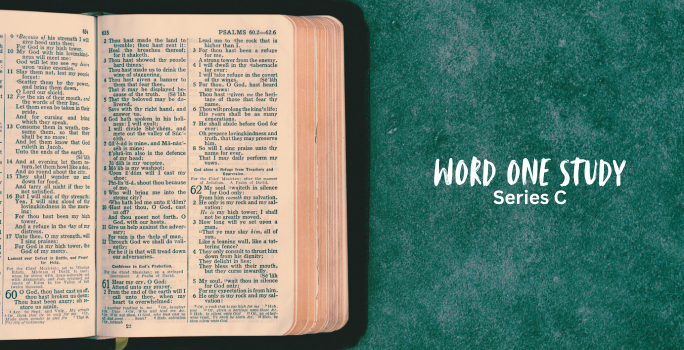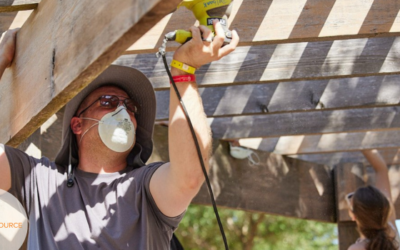Download a PDF of the Word One Bible Study for Lent 5C Gospel.
Text: Luke 20:9-20 for the Fifth Sunday in Lent, Lectionary Series C
OBJECTIVES
Participants will experience straight talk by exploring Jesus’ parable of the vineyard.
MATERIALS NEEDED
Bibles
Study guides for each person
GROUP GUIDELINES
This study has been written for use in small groups for 4-7 people. If your group is larger than that, divide in half. Choose as leader the person with the smallest hands. The leader’s job is to keep the group moving through the material and ensure everyone has a chance to share. Although participation is key to the effectiveness of this study, learners always have the right to pass if they do not feel comfortable sharing a response.
BUILDING COMMUNITY THROUGH GOD’S WORD
- How well do you handle communication in your life? Raise your hand if:
- You like to talk on the phone with friends.
- You post to Facebook, Twitter and Instagram several times a day.
- You can write your ideas better than you can say them.
- You use a lot of hand movements when you talk.
- You can talk easily to strangers.
- You’re not afraid to confront people with unpleasant news or information.
- You can talk easily to authority figures.
- You can talk your way out of any situation.
- You could use some help learning to communicate better with .
- You spend time every day talking to God.
LOOKING AT GOD’S WORD
- Read Luke 20:9-19.
- Review the basics of the story (verses 9-16). Although told in story form, Jesus was practicing the art of straight talk with the priests and scribes. He extended a very familiar Scripture to make his message clear. Read Isaiah 5:1-7. Who does Isaiah say is represented by the vineyard? (Note: Grape vines grow crooked, with twisted branches coiling from the base. For our study, we’ll use this crookedness to indicate the sin of the people). Who is identified as the owner of the vineyard? What is the outcome of the owner’s hard work in the vineyard? What does the owner threaten to do as a result? What were the particular sins of the crooked people (verse 7b)?
- Now look again at Luke 20. What are the similarities to Isaiah 5? What does Jesus add? Does the vineyard still represent the people of Israel? Is God still the owner? Who do the farmers represent?
- Who do the servants send to collect the owner’s share represent? Why is the owner’s son sent last? What actions show the farmers are crooked people? Why is their rebellion to the owner particularly disturbing?
- What will the owner do when they kill his son? Do you think Jesus knows the religious leaders are going to kill Him?
REINFORCING WHAT HAS BEEN LEARNED
- How did the priests and scribes respond to Jesus’ straight talk parable?
- Jesus doesn’t back down from their retort, but instead looks directly at them and continues by quoting Psalm 118:22. Is Jesus claiming to be the rejected stone? Who are the builders who reject him?
- What is a capstone? What will happen to those who fall on the stone? What will happen to those who are crushed by the stone?
- What is Jesus saying to the religious leaders? Did they understand him? What is their response?
- If Jesus told this parable to your group today, which part would you be in the story—the vineyard or the farmer? How are you crooked? What straight talk message do you need to hear from Jesus? How can he help your crookedness?
CLOSING
Respond with:
- I will confront my crookedness by . . .
- I will look to Jesus for . . .
- I will seek justice and righteousness for myself and others by . . .
Close with a prayer asking God for his help in confronting, looking and seeking.
By Cindy Wheeler






0 Comments